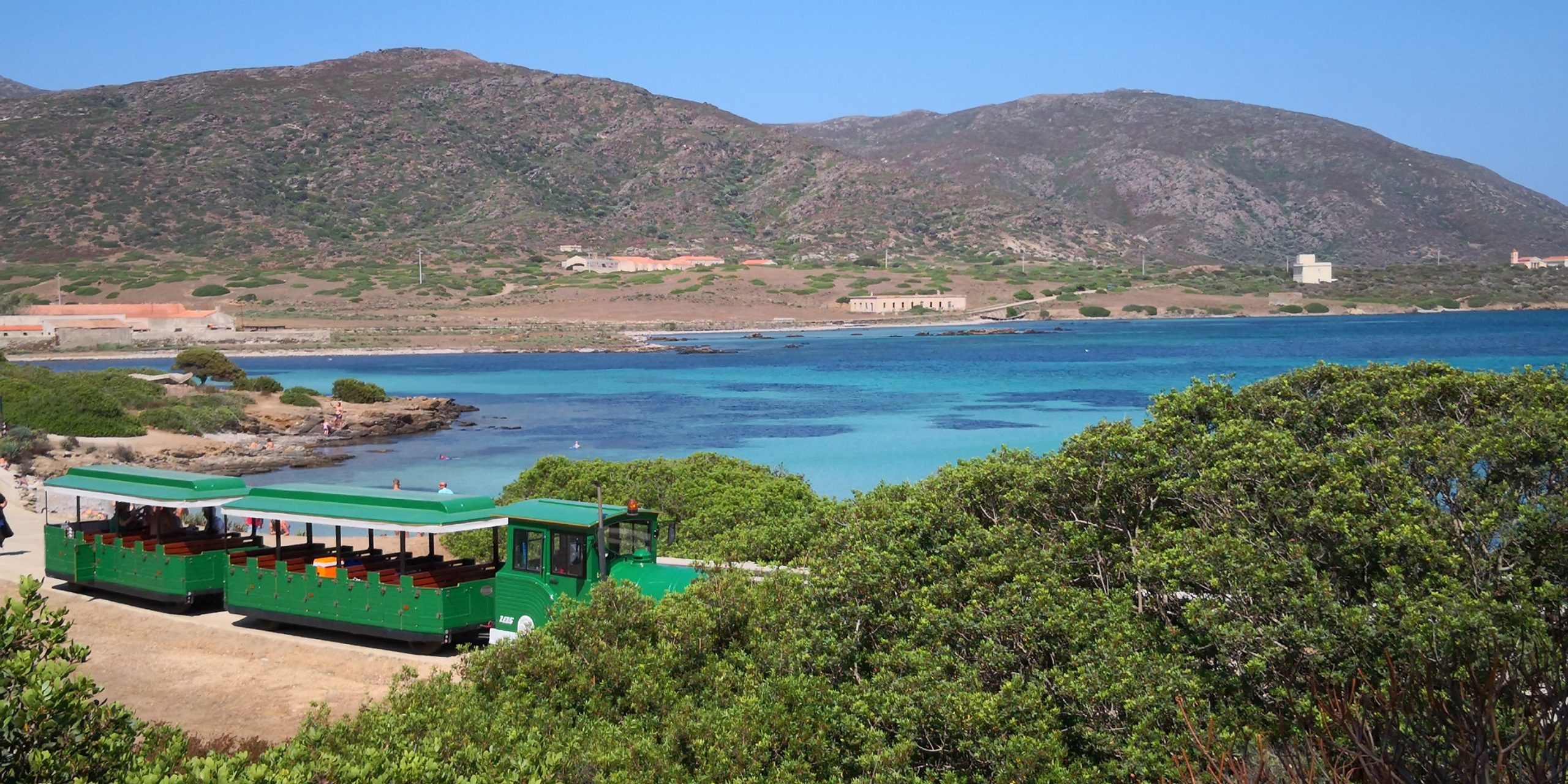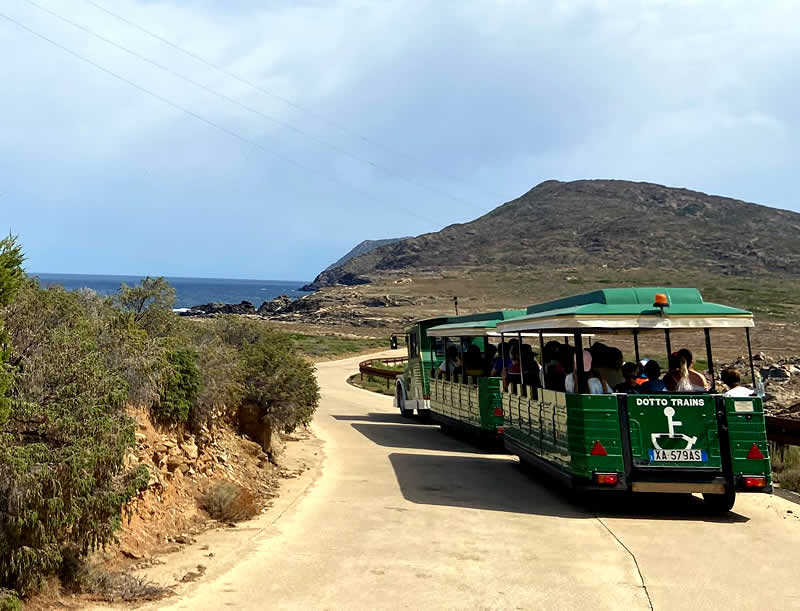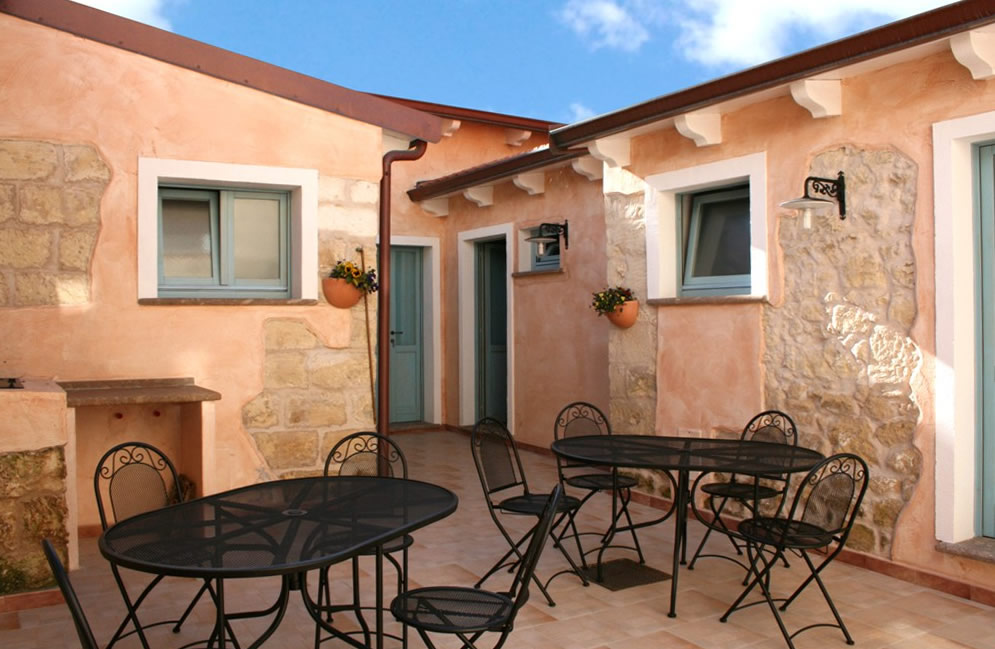Rounded hills covered with Mediterranean green, characteristic fauna such as the white donkey, a thousand shades of the sea and a seabed full of life. The naturalistic riches of Asinara, scattered over 50 square kilometers within the territory of Porto Torres, are a national park (1997) and a marine protected area (2002). Before their establishment, the island, separated from the mainland by Isola Piana and the passage of Fornelli, experienced a singular history, which has kept it intact.
The first human traces are the domus de Janas of Campu Perdu. In the twentieth century, the area became one of the penal branches of the prison, in particular the stables where the prisoners worked. There is also no lack of medieval evidence: the ruins of the Camaldolese monastery of Sant’Andrea and the Castellaccio, on a hill accessible by a path. Starting in 1600, a community of shepherds and fishermen settled on the island. Established agricultural colony and hospital in 1885, the residents were expelled: 45 families founded Stintino, now a renowned tourist resort, from which you can reach it with organized excursions. Not to be missed is the Ossuary from 1936, containing the bones of seven thousand Austro-Hungarians deported during the Great War. For over a century, Asinara was in isolation, even more so with the establishment of the maximum security prison (1975), where red Brigades, kidnappers and mob bosses such as Raffaele Cutolo and Totò Riina ended up.
You will admire an uncontaminated land, to be traveled by bike, on horseback, aboard off-road vehicles or small trains. The coasts measure 110 kilometers: the western side sinks with steep cliffs, the eastern one is sandy with emerging rocks: here you will be dazzled by soft sand and crystal clear waters: coves under maximum protection, such as Sant’Andrea and d’Arena and, before Punta Scorno, the famous Cala dei Ponzesi in Punta Sabina. The waters around are habitats of marine mammals and a paradise to explore: gullies and cracks guard wrecks, one in front of the Cala Reale pier. In the inlet there is a village of the late nineteenth century, where there was a hospital and residence of the royals of Savoy, today it is the seat of the Ministry of the Environment and tourist services. Historical events are also witnessed by the village of low and white houses of Cala d’Oliva, where the commander of the branches of the penal colony and families of the guards resided. The Antimafia magistrates Giovanni Falcone and Paolo Borsellino stayed here.



